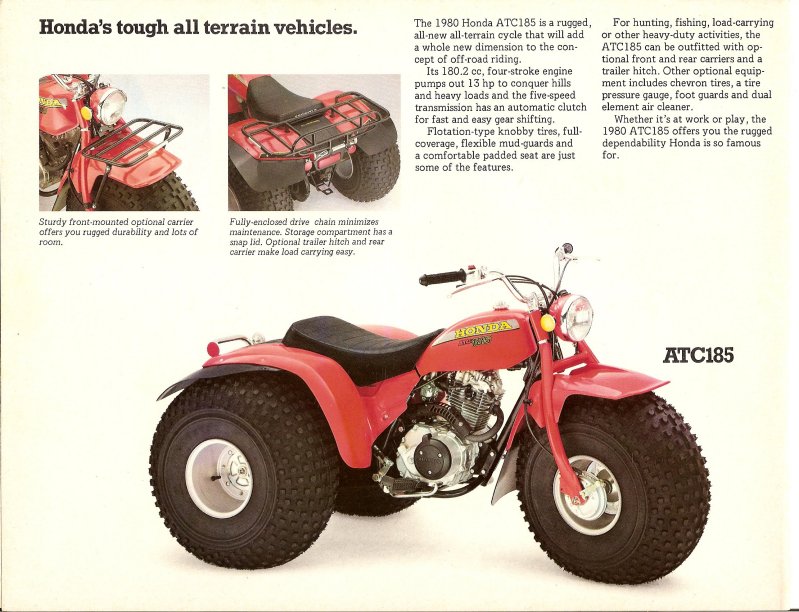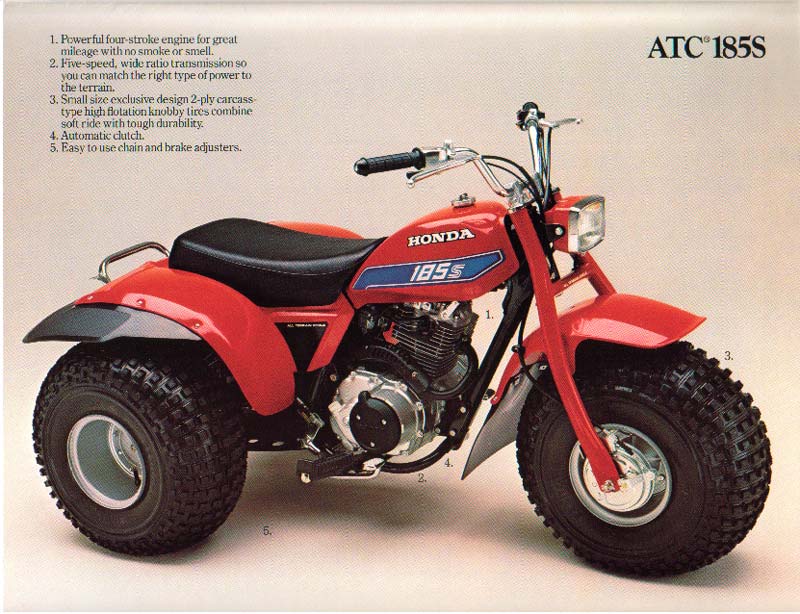

Checked clerance all around at all poles.īrand new points, plus I cleaned them and tested them. Let's see: stator rotor/flywheel: looks okay, all magnets in place and strong, slightly scarred exterior under stator coils. These are coils and they have "inductance" and the inductance value is what determines whether the coil is good, not resistance (unless the coil is completely open, which it usually isnt). Resistance tests mean nothing, ignore them. Tested from coil + black wire coming from stator to ground, meter shows continuity just like a stator test." "3 different coils tested and tried, one's a brand new universal 6V/12V coil. Thats the thing to go to when youve replaced all the parts 3 times and it still wont run.ĭisconnect the black wire from the ignition (stator) and hold it and ground wire between fingers and kick it over, see if it shocks you a little. Most motorcycle failures are bad wiring connectors, especially in old cycles. The stators ignition winding makes high voltage (100-300 V AC) which the point keeps shorted out till the crank is at firing time, then the point opens and whacks the ignition coil with stator voltage. Its basically a CDi (just without the capacitor). HUH? Cant do that, thats not a battery ignition. Tested from coil + black wire coming from stator to ground, meter shows continuity just like a stator test.' Fresh rebuild & semi-resto, everything nice and clean. All wiring connections are clean and tight. Condenser taken out of circuit, but no different with it in circuit. Coil properly grounded, engine & chassis grounded. Other stator falls to 2 ohms to ground.Įliminated all extra wiring and running direct, ignition only. Best stator's continuity show 4 ohms to ground on black lead. One stator had rubbed on rotor in the past. Stator to rotor clearance checked, rotor has good strong magnets. Tried 2 different stators, both pass all tests, one higer resistance to ground than the other. Sparkplug tests good continuity from connection tip through electrode. Various sparkplug wires and end caps, several testing correctly. Tested from coil + black wire coming from stator to ground, meter shows continuity just like a stator test. Points test correctly, open for most of crank rev, close to ground at correct time.ģ different coils tested and tried, one's a brand new universal 6V/12V coil. Points insulator at wire connection correct. Points cover cap not shorting out points wire. Points adjusted, tested for ground, cleaned, wire tested for continuity, no shorts or incorrect ground. Running direct out of alternator black wire direct to points wire, tee'd to coil + on primary.
#1981 honda atc 110 manual#
Grab the correct size jets from the manual and then go to jetsrus and find equivalent Keihin (slow and main).Thoroughly stumped! No spark on a Honda ATC-100. The jets in the aftermarket carb will not be correct size. The OEM carb will be quite a bit better than any aftermarket knockoffs I would start by rebuilding it with a Shindy kit from EBAY.
#1981 honda atc 110 pdf#
See below.Ĭlick on the PDF link with the following verbiage "70, 90, 110, 125 (1985 and earlier) (general)" Its not hard to go find a manual online and attempt to change jets.

Example: "Ive got a size *blank*, but I live in *Passle of Toads, New Mexico*.

Now how about sombody answer the question what freaking jet size is in your 110. That was paraphrased from about fifty search results, thanks for nothing. Kaveman, check all your gaskets for leaks, and TRY HOOKING THE STOCK AIR BOX AND FILTER BACK UP, THESE 110S ARE PICKY ABOUT INTAKE BACK PRESSURE. Really guys? 57 views and I'm replying to myself? The point of a fourm is to share information, and help the noobs, not leave them hanging! Fine I'll do it myself!


 0 kommentar(er)
0 kommentar(er)
